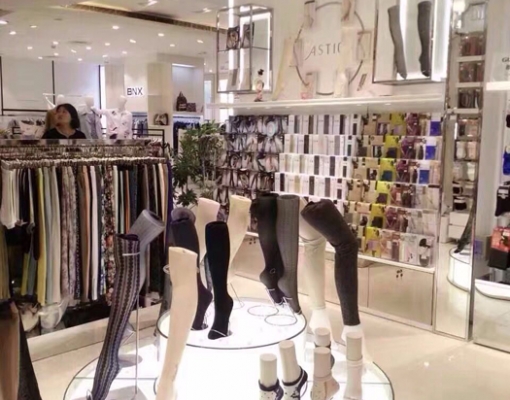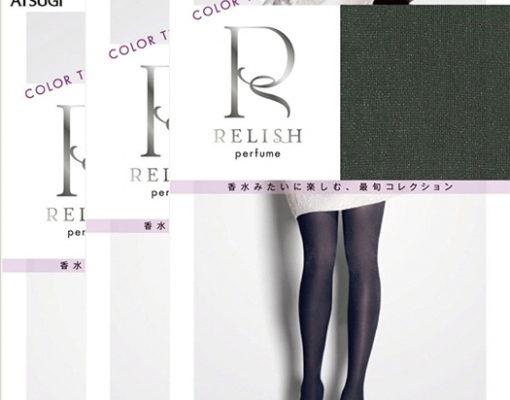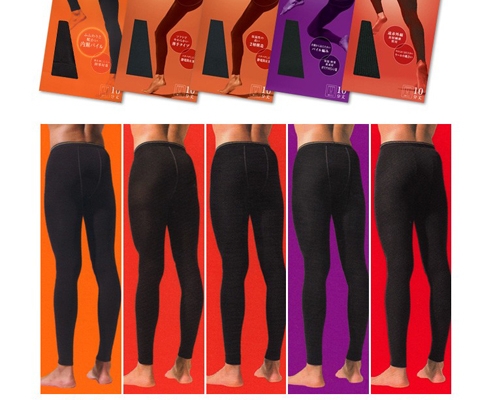
Intima Asia
ATSUGI
08 February 2017
In 1947, Mr. Rokusuke Hori, the founder of Atsugi, founded "Atsugi Knitting Co., Ltd." At that time, shortly after the end of World War II, there was still a global food shortage but many women, inspired by the changing times, were not only taking an interest in fashion but were willing to pay for it. Mr. Rokusuke Hori saw these women as a sign that the depression would soon come to an end. As a result, he dreamt of "contributing to the beauty and comfort of all women."
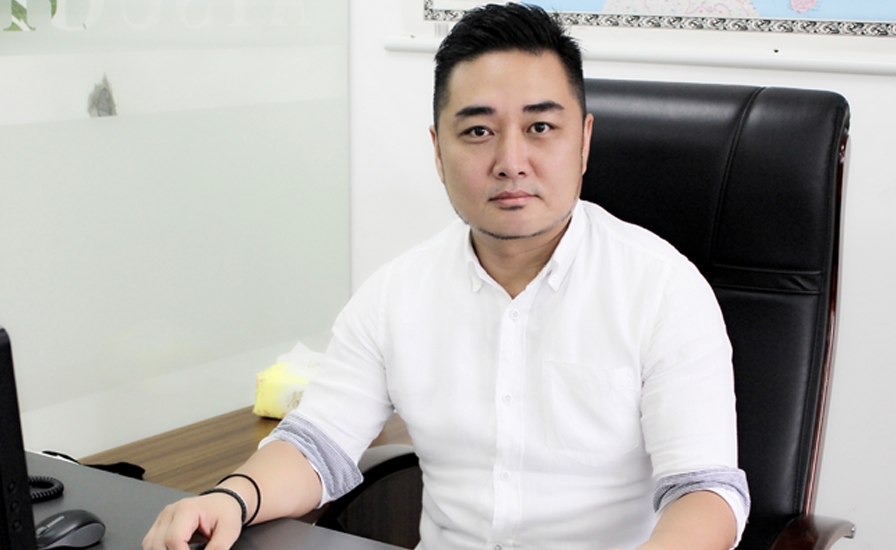
How and when was ATSUGI founded?
To start his career as a pantyhose pioneer, Mr. Rokusuke Hori built Atsugi. Nylon was just emerging as a new type of material. At that time, most pantyhose had seams at the back which could easily become skewed, leading women to feel embarrassed. For this reason, Atsugi began developing seamless pantyhose and in 1955, Japan's first seamless pantyhose officially went into production and on sale. Since the introduction of "First One" technology, these pantyhose have been leading the industry and attracting the world's attention.
Can you tell us the major steps in the company development?
First of all, we are from Japan, but we produced the world's first seamless pantyhose to contribute to the beauty of all women around the world. In 2001, we established Yantai Atsugi Huarun Hosiery Co., Ltd. In 2008 we established Atsugi (Shanghai) Fashion Trade Co., Ltd.
What’s the scale of the company today? How many employees?
We have group companies in Japan, China, and Hong Kong. We have more than 4,000 employees (including all of our companies in Japan, China, Hong Kong and other countries).
How do you sell your products? Where are the products made?
In Japan, China, Europe and Southeast Asia we are sold in all of the main stores and we also sell online. Most of our products are produced in Japan and China.
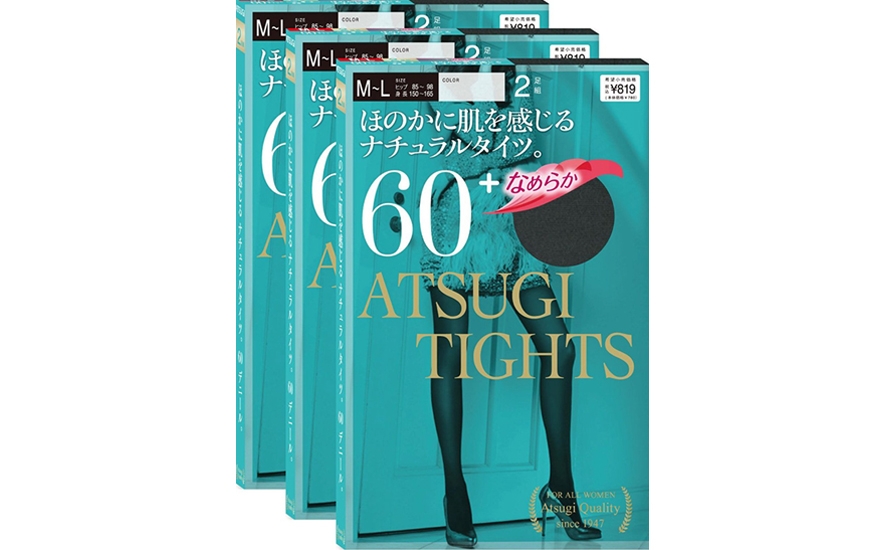
What is your product range and retail price? How many lines do you have?
We produce socks, stockings, tights, thigh socks and pantyhose. Our retail price ranges from 38RMB to 900RMB. We have more than 60 lines.
Do you have any special products for overseas market (China, Europe, etc.)?
Yes. We have special products that we only sell in China. Since the size and style differ for many countries, we make different products, especially our lingerie, which is made especially for Chinese women.
Do you have your own designer for the company? How many?
Yes, we have. In Japan and China we have about 20-30 designers.
Do you have any specialty items?
Yes, we do. We have special products with extra functions, like socks with heating or pressure and also UV protection. We also have special products for the elderly.
What is your brand famous for?
Our brand is famous for our quality and the yarn made in Japan.
Do you also sell your brand to other retailers, online or offline? Why?
Yes, to increase brand penetration and reputation.
How many counters do you have in China?
We have 550 counters in all the high-end department stores all over China.
Where are your counters located? Are they directly owned or franchised stores?
Usually in the high-end department stores. They are a mix of directly owned and franchised stores. In Shanghai, for example, 80% of our counters are directly owned.
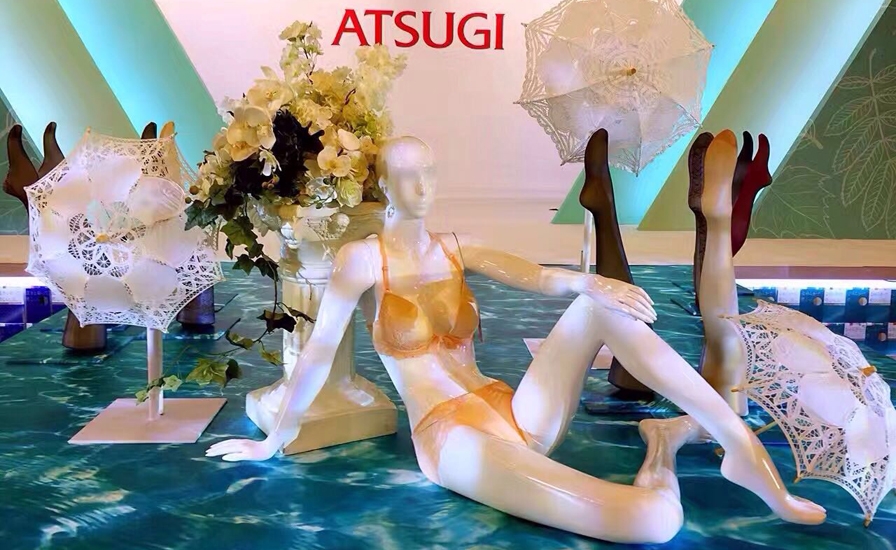
Besides physical stores, do you also have an online store? Is the online sales volume comparable with the physical stores one?
Yes, we have an online store and a flagship online store in Tmall. Some of the products for online and offline are different: there are some customised products online, but they are not sold offline. We mainly focus on the physical stores but our sales volume online is growing rapidly.
What is the strategy of the company?
To enhance the brand in terms of world penetration and visibility. We will still focus on the physical stores, but we will try to develop in different sales channels, like membership sales and selling to companies.
What are your objectives and plans for short term and long term?
Short-term: to increase our market share in China. We plan to open our own flagship store this year, which will include all our products like socks, stockings, tights, lingerie and men’s underwear.
Long-term: to become a world-known international brand.
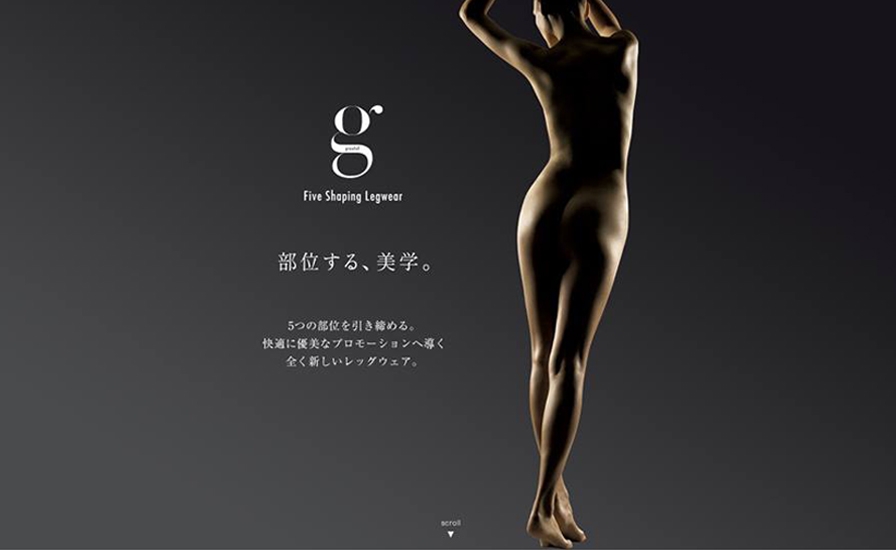
What do you think of the market in China?
The competitive pressure in this business is quite huge. There are a lot of companies producing the same category of products as us but they are quite low-end so they can definitely sell more than us. We have higher quality and we use Japanese yarn, so we are still competitive and customers know how to choose the best products for them.
So as a Japanese person, do you find it difficult living in China and leading a division with over 200 Chinese employees? How did you get used to the lifestyle in China? Did you encounter some difficulties with your Chinese clients?
Of course there are cultural differences. I think it’s impossible to change other people’s opinions from different cultural backgrounds. I try my best to respect the people who work with me and my clients. There’s a saying that goes “when in Rome do as the Romans”. So I will keep doing that.
Copyright 2024. All rights reserved - Terms
